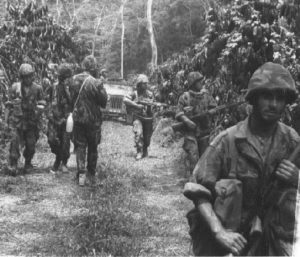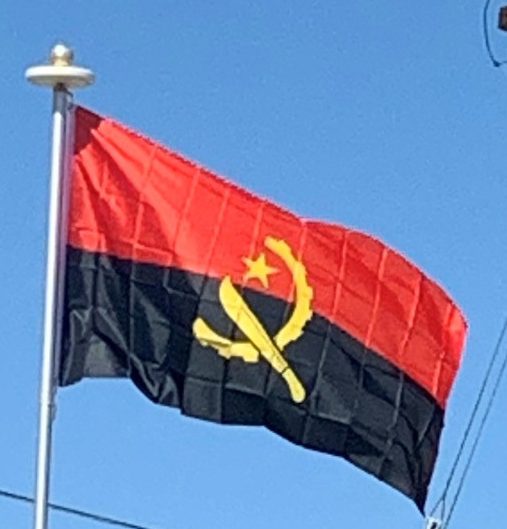The Berlin Conference in 1884–1885 set the colony’s borders, delineating the boundaries of Portuguese claims in Angola, although many details were unresolved until the 1920s. Trade between Portugal and her African territories also rapidly increased as a result of protective tariffs, leading to increased development, and a wave of new Portuguese immigrants.
Rise of Angolan Nationalism:
Under colonial law, black Angolans were forbidden from forming political parties or labour unions. The first nationalist movements did not take root until after World War II, spearheaded by a largely Westernized, Portuguese-speaking urban class which included many mestiços. During the early 1960s they were joined by other associations stemming from ad hoc labour activism in the rural workforce. Portugal’s refusal to address increasing Angolan demands for self-determination provoked an armed conflict which erupted in 1961 with the Baixa de Cassanje revolt and gradually evolved into a protracted war of independence that persisted for the next twelve years. Throughout the conflict, three militant nationalist movements with their own partisan guerrilla wings emerged from the fighting between the Portuguese government and local forces, supported to varying degrees by the Portuguese Communist Party.
The National Front for the Liberation of Angola (FNLA) recruited from Bakongo refugees in Zaire. Benefiting from particularly favorable political circumstances in Léopoldville, and especially from a common border with Zaire, Angolan political exiles were able to build up a power base among a large expatriate community from related families, clans, and traditions. People on both sides of the border spoke mutually intelligible dialects and enjoyed shared ties to the historical Kingdom of Kongo. Though as foreigners skilled Angolans could not take advantage of Mobutu Sese Seko’s state employment program, some found work as middlemen for the absentee owners of various lucrative private ventures. The migrants eventually formed the FNLA with the intention of making a bid for political power upon their envisaged return to Angola.

A largely Ovimbundu guerrilla initiative against the Portuguese in central Angola from 1966 was spearheaded by Jonas Savimbi and the National Union for the Total Independence of Angola (UNITA). It remained handicapped by its geographic remoteness from friendly borders, the ethnic fragmentation of the Ovimbundu, and the isolation of peasants on European plantations where they had little opportunity to mobilize.
During the late 1950s, the rise of the Marxist–Leninist Popular Movement for the Liberation of Angola (MPLA) in the east and Dembos hills north of Luanda came to hold special significance. Formed as a coalition resistance movement by the Angolan Communist Party, the organisation’s leadership remained predominantly Ambundu and courted public sector workers in Luanda. Although both the MPLA and its rivals accepted material assistance from the Soviet Union or the People’s Republic of China, the former harbored strong anti-imperialist views and was openly critical of the United States and its support for Portugal. This allowed it to win important ground on the diplomatic front, soliciting support from nonaligned governments in Morocco, Ghana, Guinea, Mali, and the United Arab Republic.
